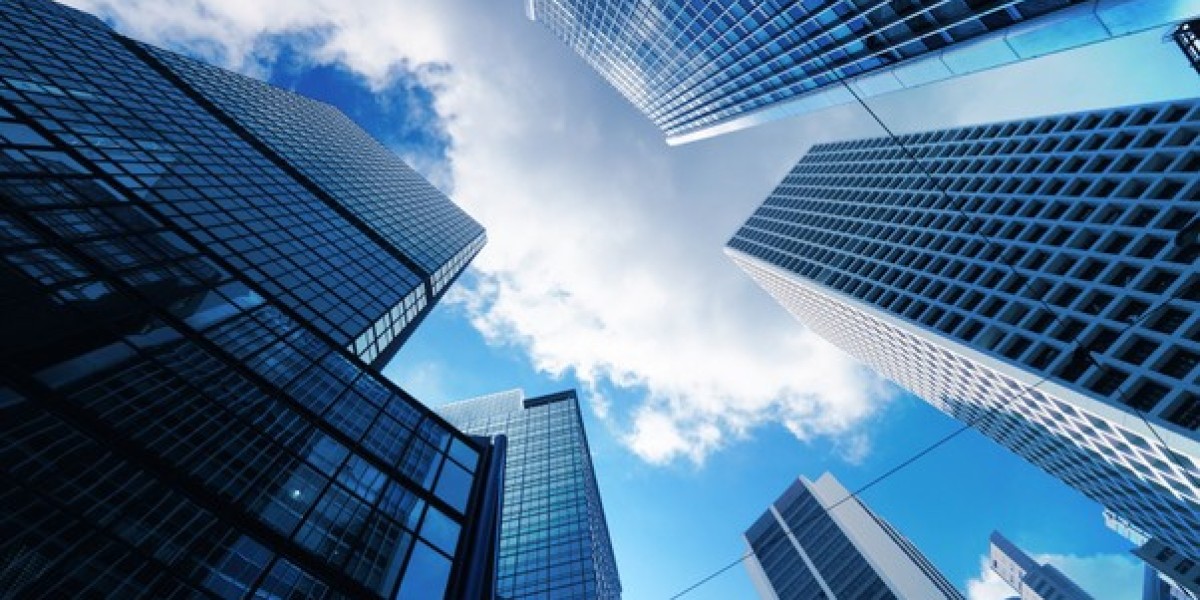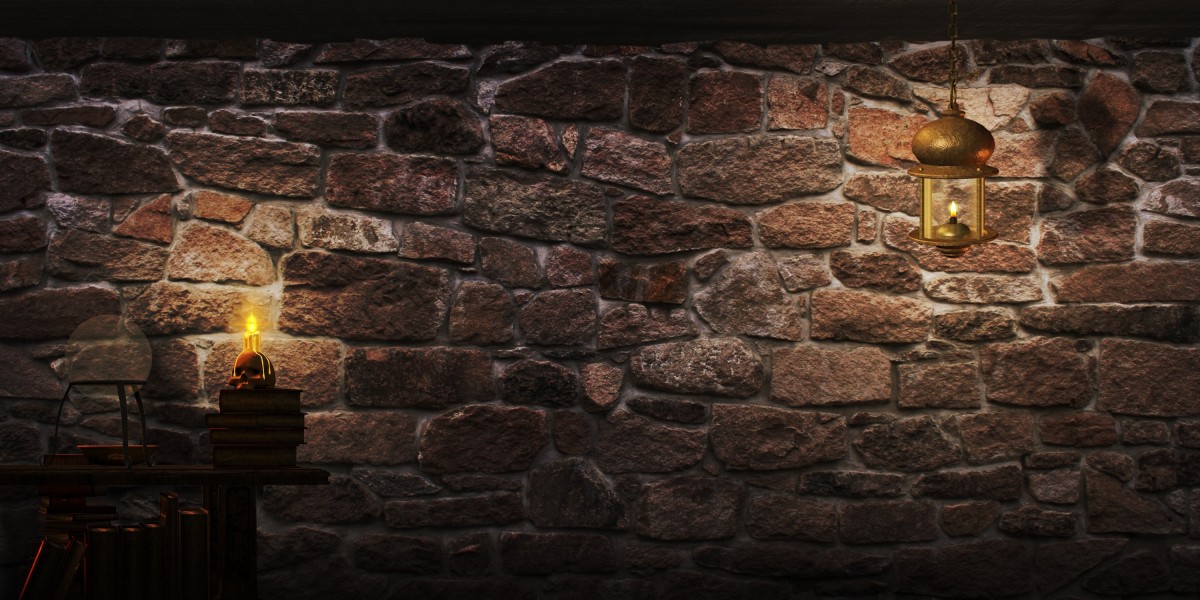HDB flats are designed to be affordable, ensuring that the majority of citizens can own their homes. Buyers are eligible for government grants that make ownership more accessible, particularly for first-time homebuyers. These grants, combined with favorable financing options through the HDB loan scheme, ensure that housing remains within reach for families across various income levels.
The affordability of HDB flats makes them the entry point into Singapore’s property market. Over time, many families upgrade to private condominiums or executive condominiums, but HDB ownership remains the foundation of the housing journey for most Singaporeans.
Range of Flat Types
HDB flats are not one-size-fits-all. They come in a wide variety of sizes and layouts, ranging from two-room flexi flats designed for singles and elderly residents to five-room flats and executive apartments suitable for larger families. This diversity allows households to choose homes that fit their lifestyle, space requirements, and financial capacity.
Over the years, HDB has also introduced new designs and layouts to meet evolving needs. Developments now feature modern architecture, improved community facilities, and eco-friendly elements to enhance livability.
Community and Social Integration
HDB estates are more than just residential blocks; they are planned communities. Each estate is designed with essential amenities such as schools, parks, healthcare facilities, and transportation links. This integrated approach ensures convenience while fostering a sense of community among residents.
In addition, HDB estates play a key role in Singapore’s social cohesion policies. Ethnic quotas are applied to maintain a balanced mix of residents from different backgrounds, preventing segregation and promoting interaction across communities.
Upgrading and Redevelopment
To ensure that older estates remain desirable, the government has implemented upgrading and redevelopment programs. Initiatives such as the Home Improvement Programme (HIP) and Neighbourhood Renewal Programme (NRP) focus on modernizing facilities and improving the living environment.
For flats that have reached the end of their lifespan, schemes like the Selective En bloc Redevelopment Scheme (SERS) provide residents with new housing opportunities in better-developed neighborhoods. These efforts highlight the government’s long-term commitment to maintaining the value and livability of HDB properties.
Investment and Resale Market
While HDB flats are primarily intended as homes rather than investment assets, they still form an important part of the resale market. Owners can sell their flats after meeting the Minimum Occupation Period (MOP), usually five years. The resale market provides opportunities for those who prefer mature estates with established amenities and transport links.
Prices in the resale market are influenced by factors such as location, flat size, remaining lease, and proximity to transport or schools. Despite being public housing, many resale HDB flats in desirable areas command high prices due to strong demand.
Future of HDB Housing
As Singapore moves toward sustainable urban living, new HDB towns such as Tengah are being designed with eco-friendly features, smart technologies, and abundant green spaces. This reflects the evolving role of HDB housing in not only providing shelter but also supporting environmental and lifestyle goals.
Conclusion
HDB flats remain the cornerstone of Singapore’s real estate market. They provide affordable housing, foster social integration, and adapt to changing needs through continuous upgrading and redevelopment. For most Singaporeans, owning an HDB flat is the first step in their property journey, and the system has proven essential in ensuring that housing remains accessible in a land-scarce nation.
Important Links
Industrial and Logistics Real Estate in Singapore
Singapore Real Estate: A Comprehensive Guide for Buyers and Investors
Retail Real Estate in Singapore: From Shopping Belts to Lifestyle Hubs
Hospitality Real Estate in Singapore: The Backbone of Tourism and Business
Office Real Estate in Singapore: The Pulse of Asia’s Financial Hub
Rivelle Tampines Executive Condo
Can Foreigners Buy HDB Flats in Singapore
Is it Better to Rent or Buy in Singapore for Expats
Is it Possible to Flip Property in Singapore for Quick Profit







